When they get low on ammo, new shooters will typically walk up to the counter of their nearest gun store and announce they need a box of whatever’s written on the barrel of their gun. “I need some forty-five,” they might say. The guy behind the counter will then provide what seems to be a bewildering list of manufacturers, acronyms, and numbers, which inevitably cause our protagonists to blink in confusion. Then, you can bet hard cash on hearing the following line as a response: “What’s cheapest?”
The intermediate shooter, of course, becomes aware of a number that attends any given choice of ammunition: the grain weight of the projectile. This always becomes an intriguing source of speculation: what if the real source of all of those big groups in the past was not a matter of practice or technique, but simply that he was shooting the wrong ammo?
Today, we explore the practical differences most pistol shooters will see on target based on their selection of a variety of grain weights, localized to America’s arguably most popular round: the 9mm Parabellum.
In Theory
Let’s start here: as a general rule, lighter bullets of the same caliber are typically propelled at higher velocities than are heavier bullets.
A quick perusal of some factory 9mm loads from Federal, one of America’s most well-known and trusted ammunition manufacturers, certainly confirms this. As just one point of comparison: their 115-gr. American Eagle load has an advertised velocity of 1,180 fps; their 150-gr. Syntech Action Pistol load is rated at 890 fps. I picked these two loads arbitrarily, but you’ll observe similar patterns across all of the big players.
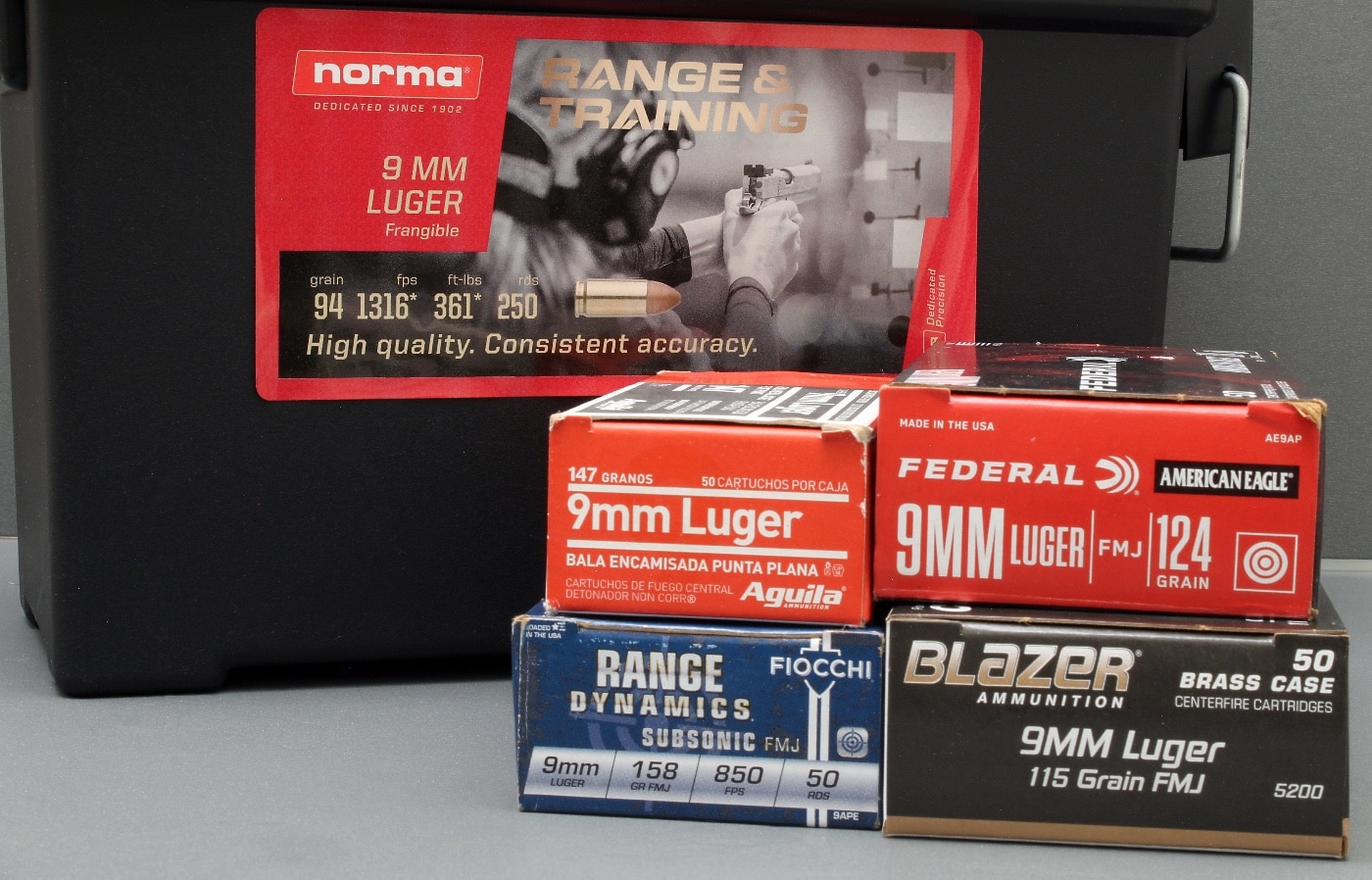
Consider this: When a firearm is discharged, the entire gun begins to recoil — typically backwards and upwards. Since heavier bullets take longer to get out of the gun, theory holds that they’re going to leave the barrel when it’s pointing at a greater angle of elevation, and will therefore print higher on the target than lighter bullets within a firearm’s effective range.
Oppositely, since lighter bullets are hustling out of the barrel and leave the gun earlier relative to the firearm’s upward movement, this same logic holds that they’re going to impact at a different point on the target than their heavier counterparts at closer ranges.
Putting Theory to the Test
The big question raised by all of the previous info is this: “Is this accurate, and if so, how much difference would it make?” I have long felt that for the overwhelming majority of shooters and contexts, the grain weight of the ammo is not going to amount to a hill of beans. Still, I wanted to verify this through testing.
The maximum distance of my indoor range is 50 feet exactly. This is not an incomprehensible amount of distance to hit a target with a pistol, but I would contend that not every shooter is comfortable with their marksmanship skills at this range, and that it probably represents the upper limits of where an intermediate shooter could make consistent, accurate hits.
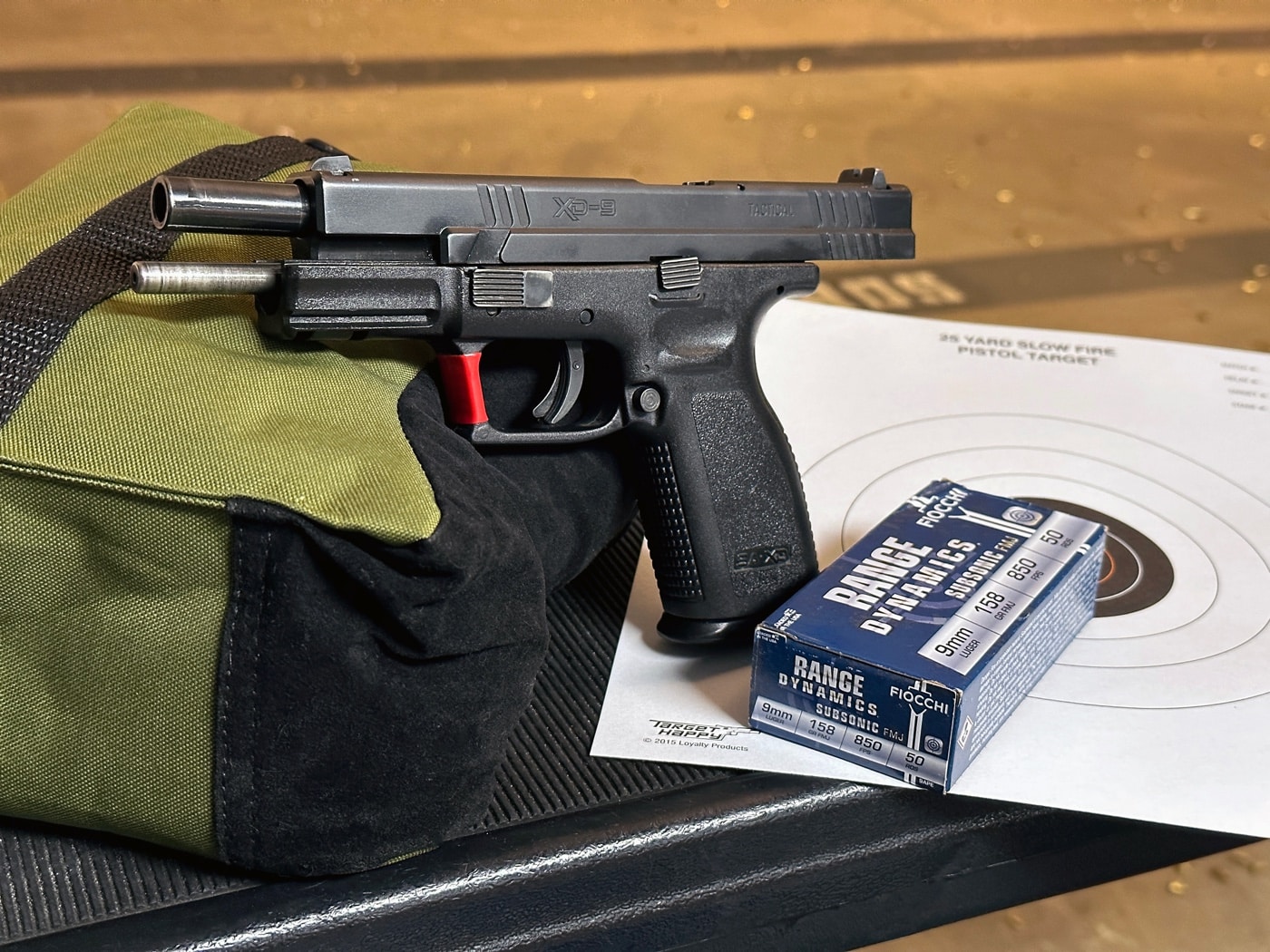
For the tests, I chose a firearm with a 5” tube. I had a Hellcat Pro that was begging for some additional trigger time, but I figured I could use all of the sight radius I could get for this endeavor. As a result, an XD-9 Tactical seemed a more fitting choice of ballistic platform.
The first series of tests were shot over a sandbag rest with my own hands and eyes at the max distance of 50 feet. The shooting here was primarily to see if there were any readily observable vertical shifts of the group’s centers, and if the gun had a strong preference for one grain weight in particular.
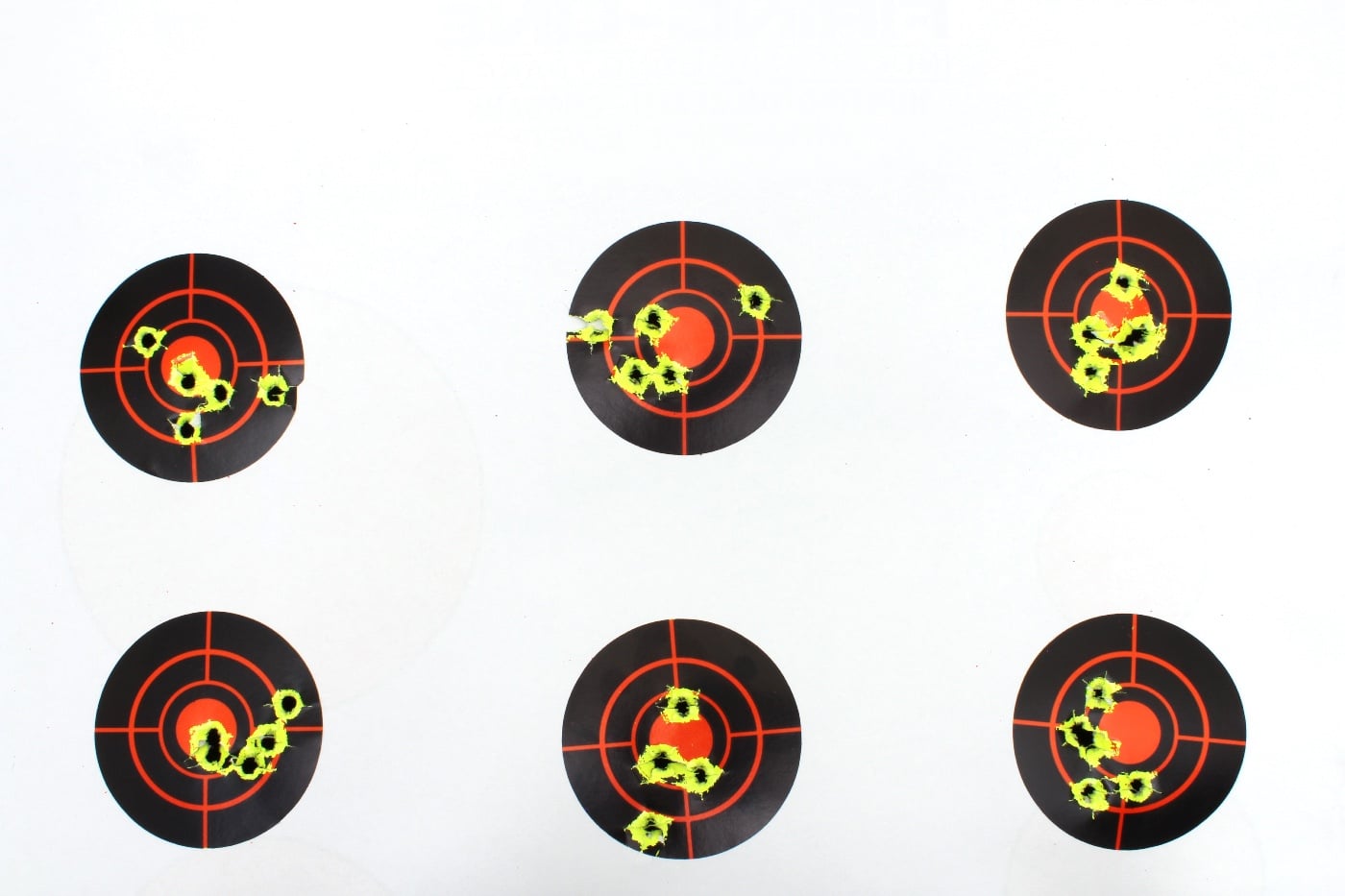
From there, I shot a variety of offhand groups at 7 yards with different grain weights, along with three other shooters I’d consider very experienced. “S” is a competition shooter and a police officer. The second was “M,” a decades-long student of shooting who at one point ran a business selling reloading equipment and has won a decent number of free guns through his competitive exploits along the way. “E,” my third invitee, has been a shooting range employee for about 20 years and is simply a preternaturally good shot. I’d like to think the four of us know what we’re doing.
This second, less scientific test was really just to explore the “feel” of one round from another, and to see if any commonalities emerged with respect to how these various types of ammo performed in human hands.
The Reality
Among the five different ammunition types, I did observe varied results, but no night-and-day differences in group sizes, nor any commonalities I could attribute to a particular grain weight.
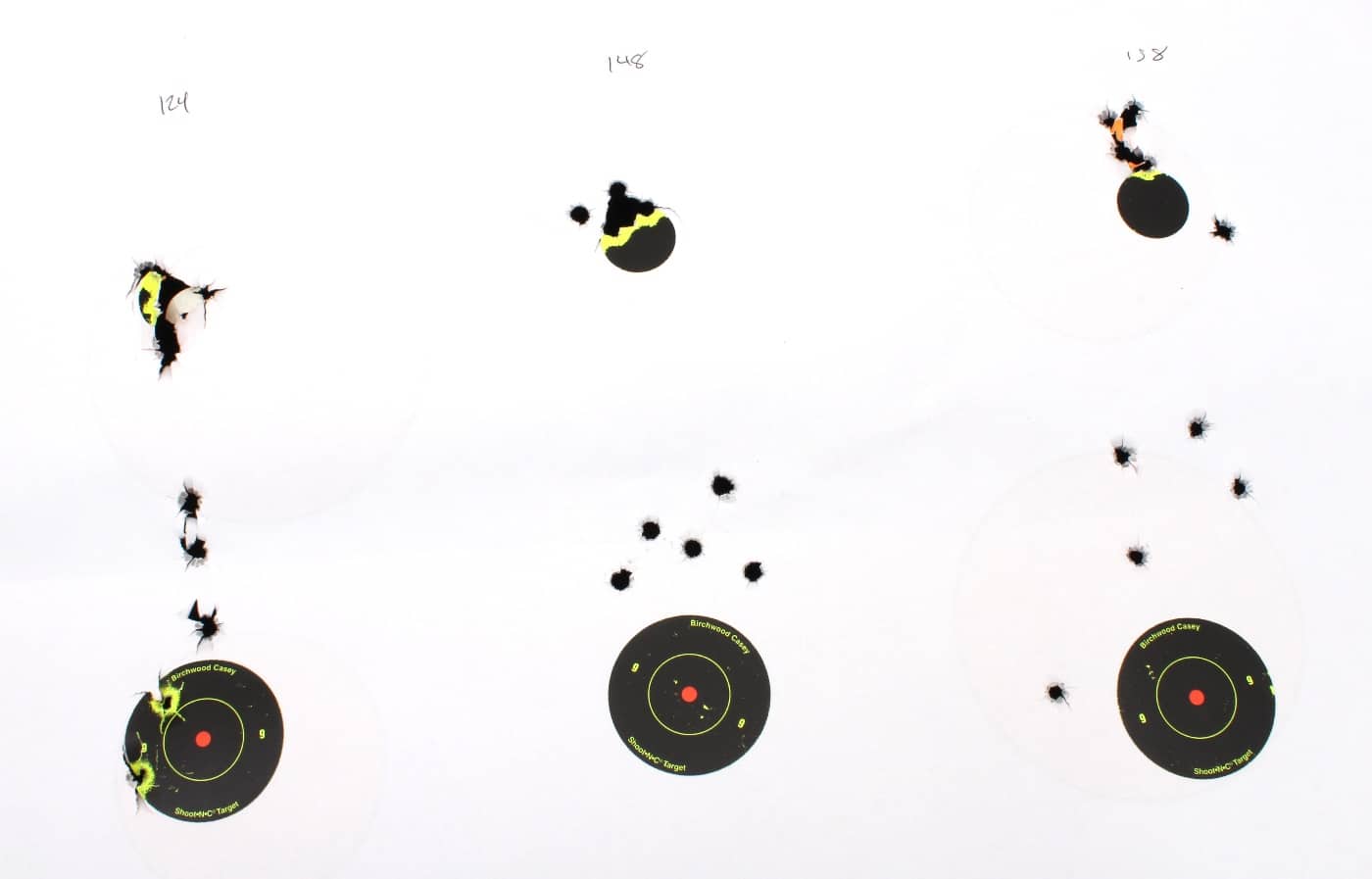
Let’s start at 50 feet. Here, I suspect minor alignment errors and subtle inconsistencies in my trigger press and resting technique had more to do with resultant group size than my choice of ammo. Despite the 158-gr. Federal Subsonic bullets being about 70% heavier than the 94-gr. Norma Frangible rounds, I just didn’t see much difference on paper one way or another. At 50 feet, my smallest single five-round group was 1.5”, but when the groups were averaged together for each ammo type, the results were invariably between 2” and 3”.
What I did not experience at 50 feet was any pronounced upward or downward shift in the center of the groups shot. Other experts have found similar results to my own lack of vertical displacement among the various bullet weights offered in a given caliber. Chris Baker, who has done some good testing over at LuckyGunner.com, took high-speed footage of common semi-autos cycling and found that during the initial portion of recoil, the mainspring is being compressed and the slide is moving backward; only once the bullet has left the barrel do most pistols begin to visibly recoil in an upwards direction.
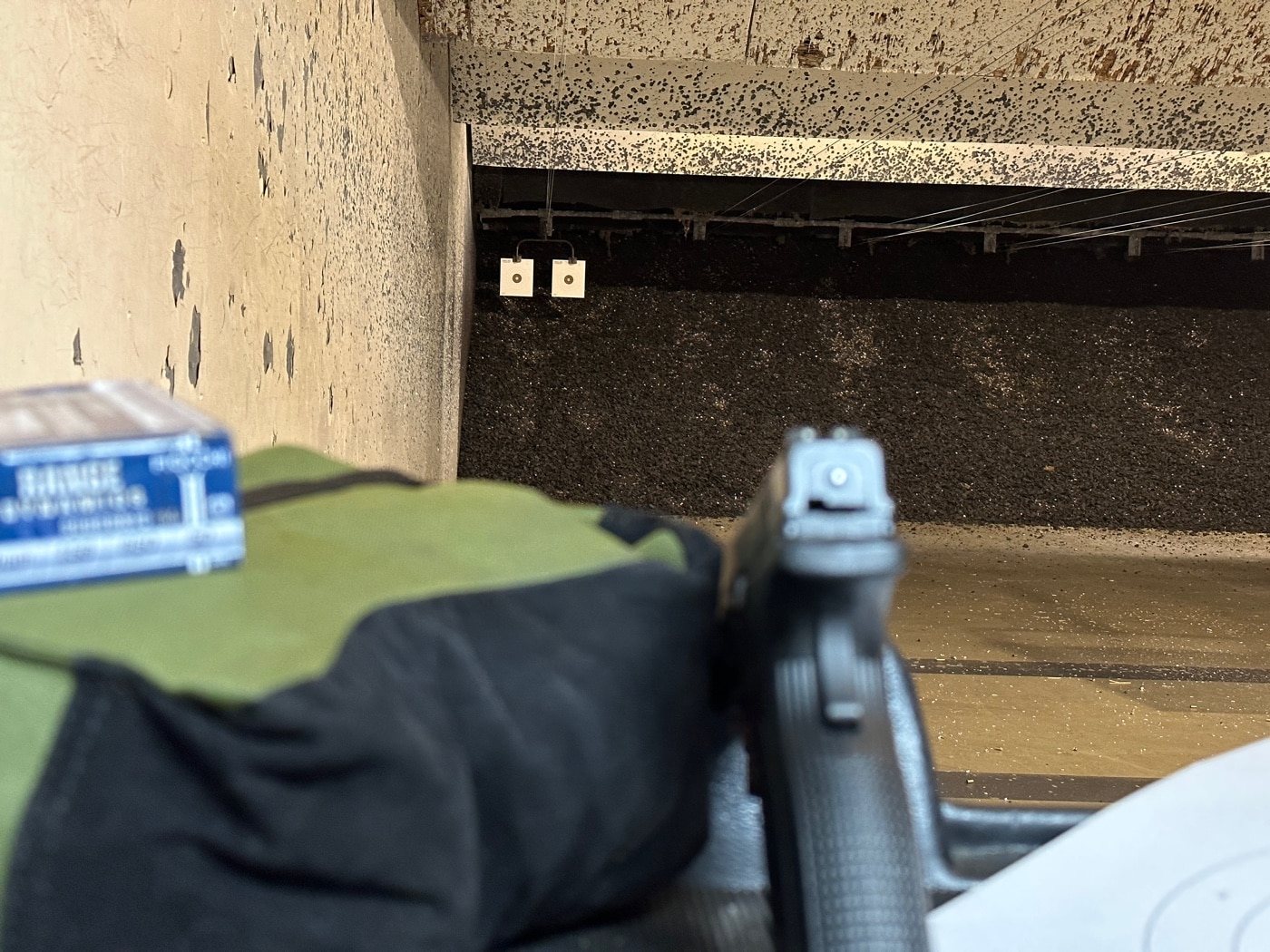
However, what was interesting is that three of us did emerge with very different opinions of what we liked or disliked based on the feel of the different rounds in the 7-yard offhand test, even though group sizes were about the same for everyone.
I thought the Norma 94gr Frangible rounds had a nice, light recoil impulse, though in truth I’ve encountered cycling issues with these rounds out of other guns. Oppositely, “M” shot a few of them and remarked, “Weird.” He commented the expected difference in recoil was different enough to disrupt the automaticity of his shooting process. Incidentally, his pet load for his tuned 9mm Springfield Prodigy makes use of 147-gr. bullets.
“S,” in particular, noted that while the Federal 124-gr. load might have recoiled a little sharper than the others we tested, he appreciated the way the gun seemed to come back on target for him a little more rapidly, and again, felt that follow-up shots seemed slightly faster through the gun. “E” shot heavy and light loads equally well and didn’t express a strong preference either way.
Clearly, there was no literal or figurative “magic bullet” that produced atypical results on paper.
Of Course, There’s a “But…”
Certainly, one will eventually see a difference in vertical dispersion as one starts pushing the range outwards, simply by virtue of the wildly differing velocities of the various bullet weights. I punched in the data from the 94-gr. Norma rounds and the 158-gr. Fiocchi subsonic rounds into Federal’s handy ballistics calculator, and their simulated data projects the heavier load to impact about 3” lower at 50 yards, and a little more than a foot lower at 100 yards when based on a 7 yard zero.
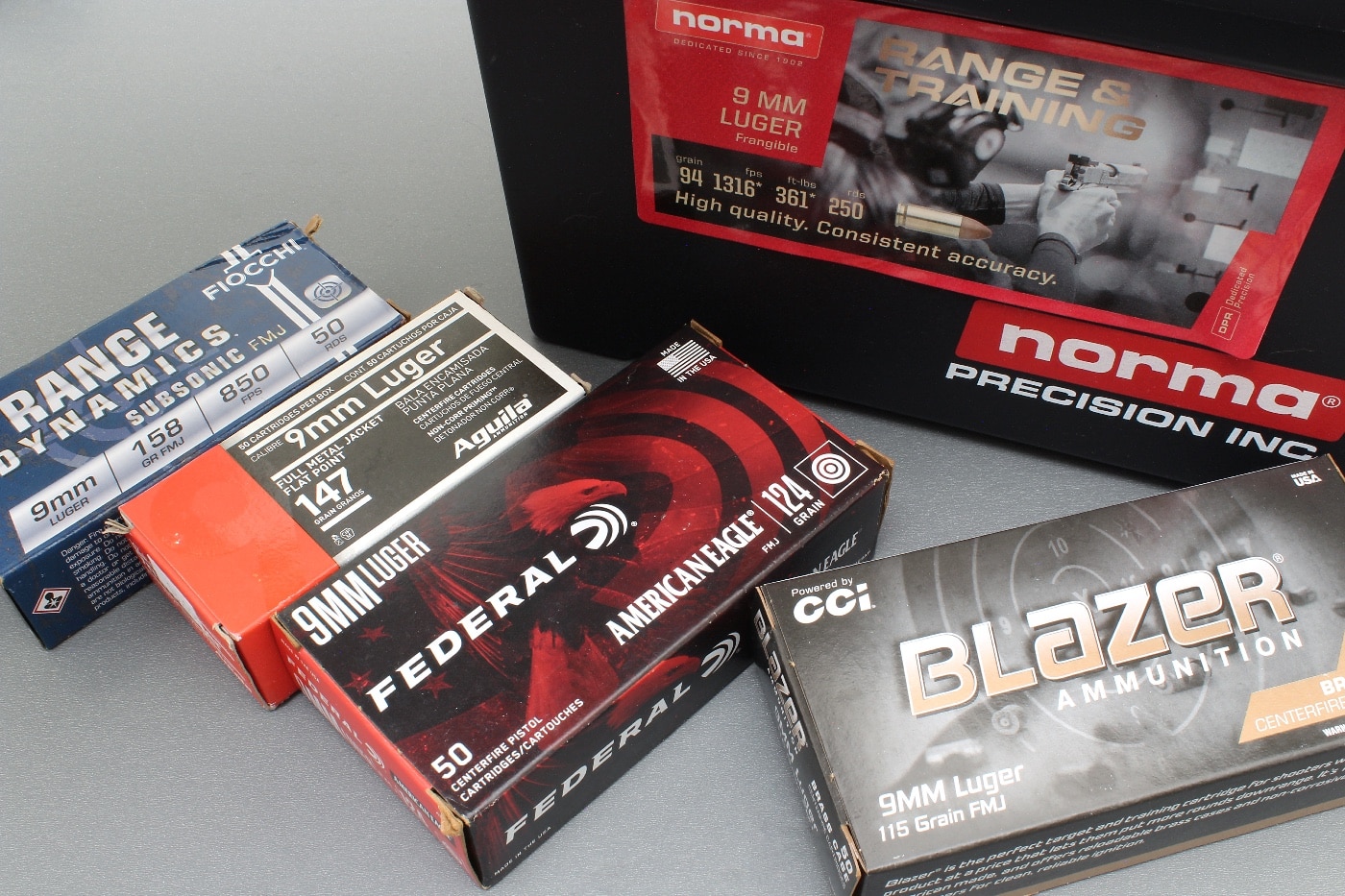
That on-paper difference would absolutely necessitate a different hold-over for those wanting to sling pistol rounds at something a football field away. However, I’d once again contend this is well beyond the distances most people would feel comfortable engaging a target with a handgun. 100 yards is also a point where a majority of quality pistols will be producing “patterns” as opposed to discernible groups, even when locked in a Ransom Rest.
You might also be wondering: did Federal’s calculator predict any vertical dispersion within ranges typical of indoor shooting venues? Yes, but only slightly: within 20 yards, the 158-gr. subsonic load will impact less than half an inch lower than the 94-gr. load tested. Even theoretically, that’s not enough to matter with a pistol.
At the End of the Day?
I’m sure statisticians would cringe at my methodology, and perhaps there are clinically significant trends that could have been teased out from a larger bulk of quantitative data. I’d argue the results are worth what you paid for them.
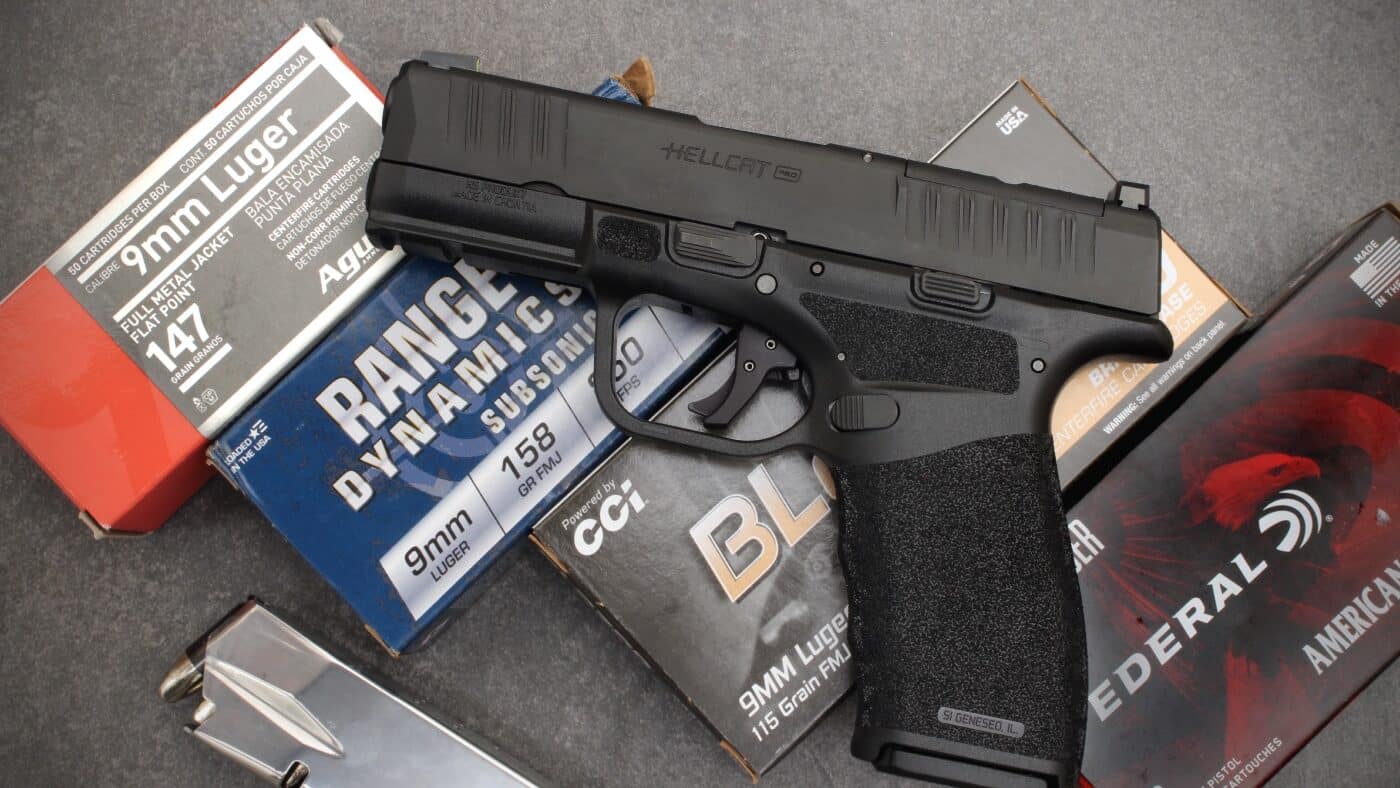
With those caveats in mind, I’d say this: your choice of projectile weight is almost assuredly not the reason why you’re hitting or missing your target as a pistol shooter. At least among the factory ammo tested, swapping a lighter projectile for a heavier one (or vice versa) did not consistently produce major differences in pistol accuracy or point of impact at realistic engagement distances, even among talented shooters.
With that said, and so long as it reliably cycles your gun, shoot what you like. You may find that one load helps you prioritize a faster return to your point of aim, provides a softer perceived recoil impulse, or you may like the terminal performance of a particular bullet. (And, of course, not every load is equally affordable!)
No matter what you value, It’s worthwhile to play and discover your own preferences, even if those efforts may fail to produce a drastic difference in your group sizes due to mechanical variables.
At least for me, I find that knowledge to be a relief!
Editor’s Note: Please be sure to check out The Armory Life Forum, where you can comment about our daily articles, as well as just talk guns and gear. Click the “Go To Forum Thread” link below to jump in and discuss this article and much more!
Read the full article here


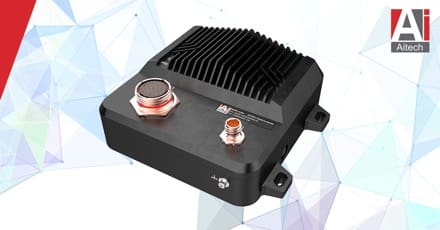

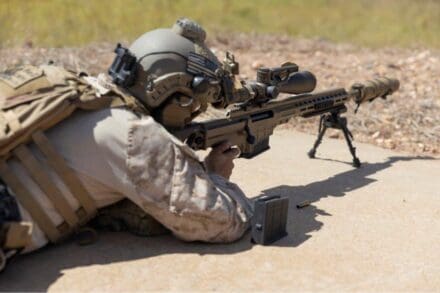

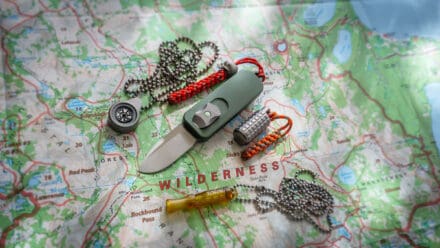
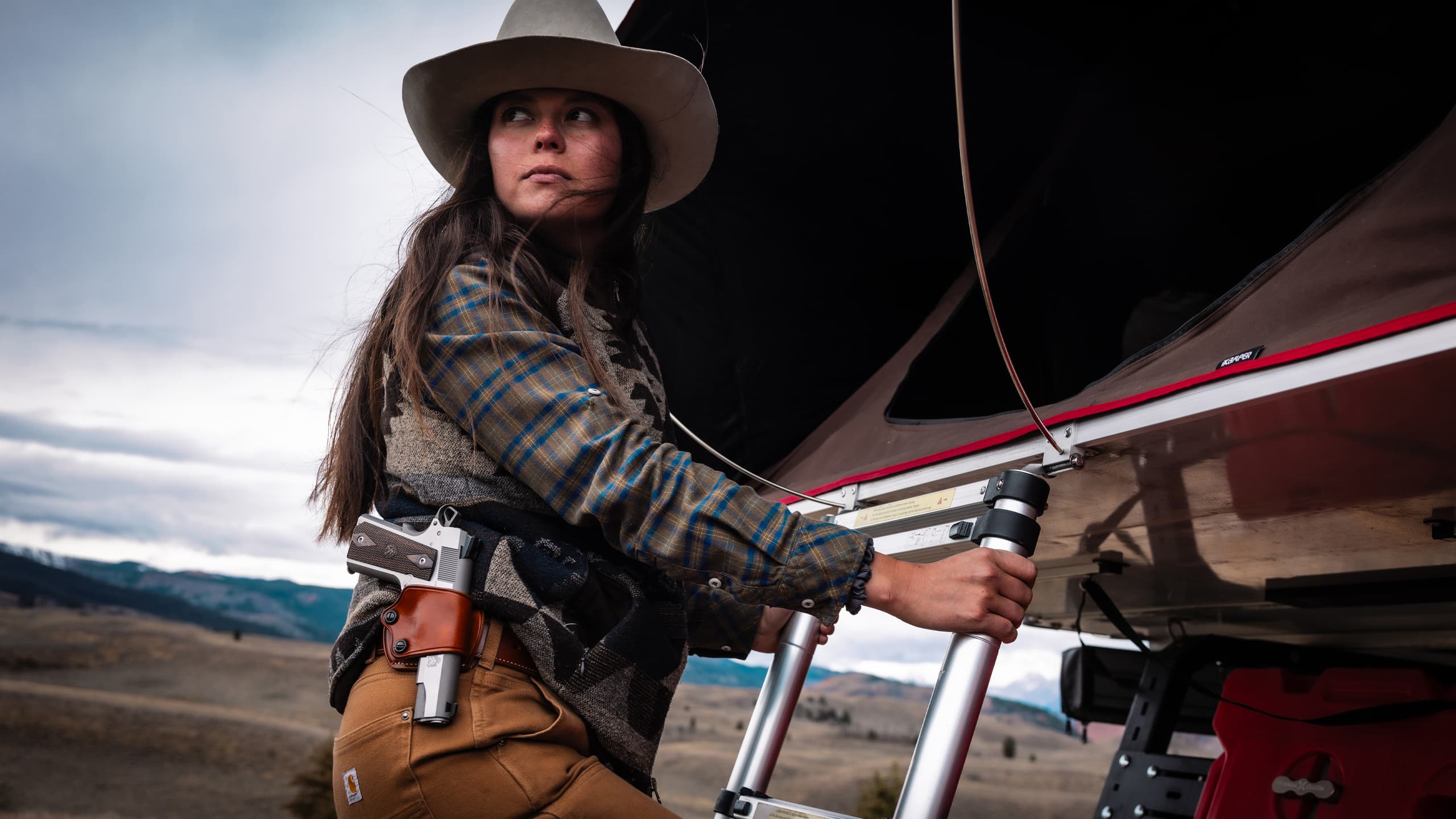
Leave a Reply